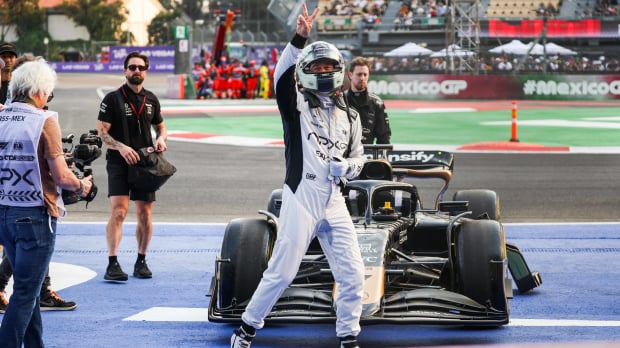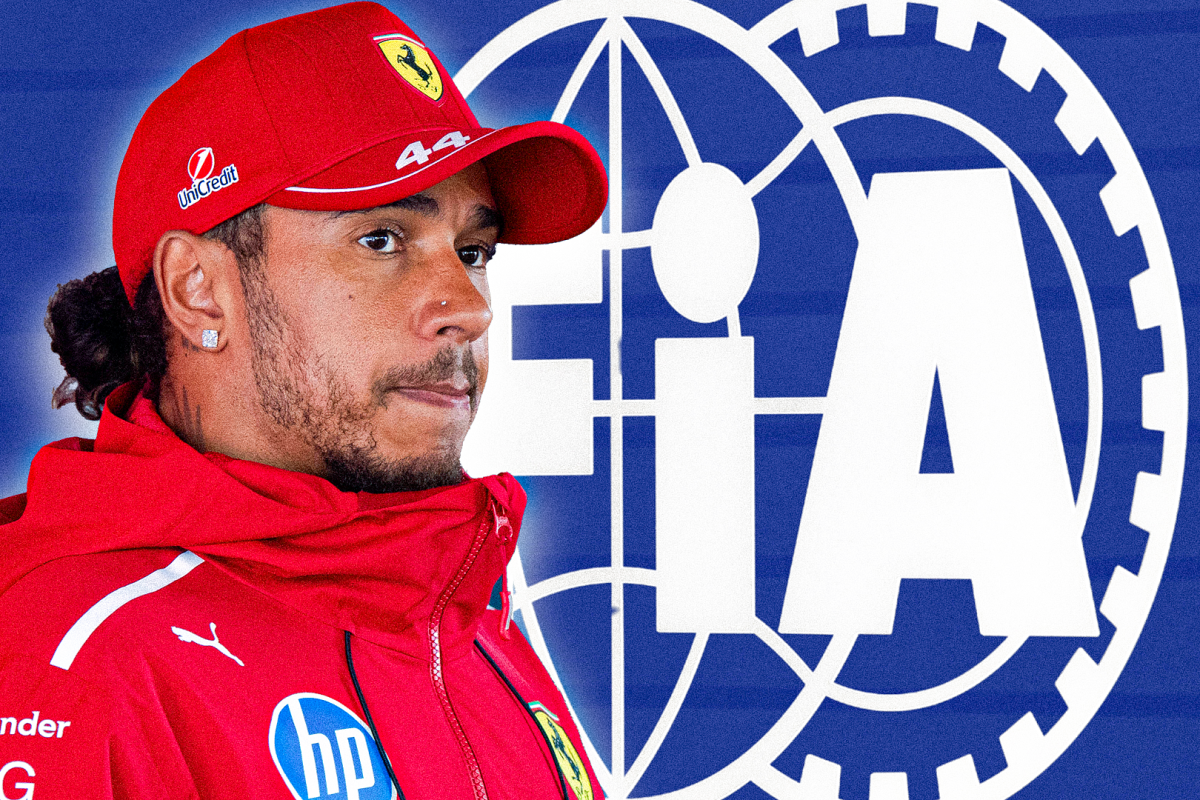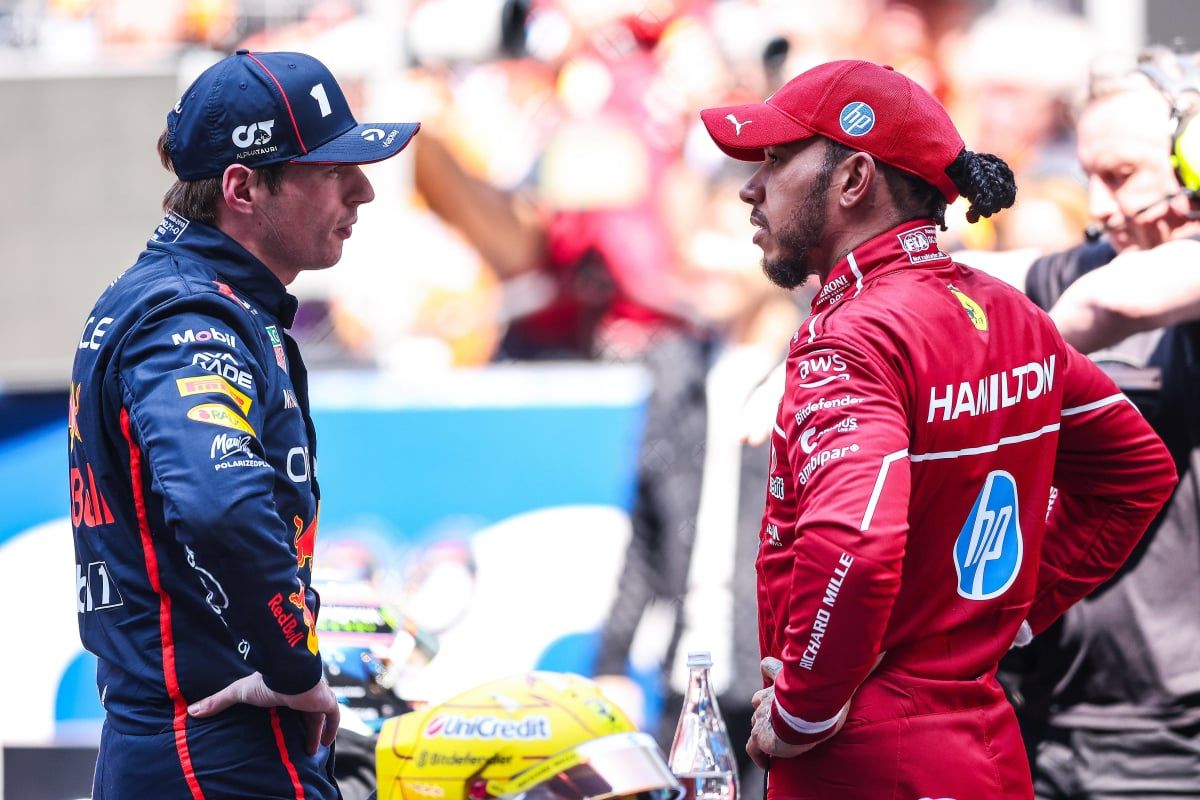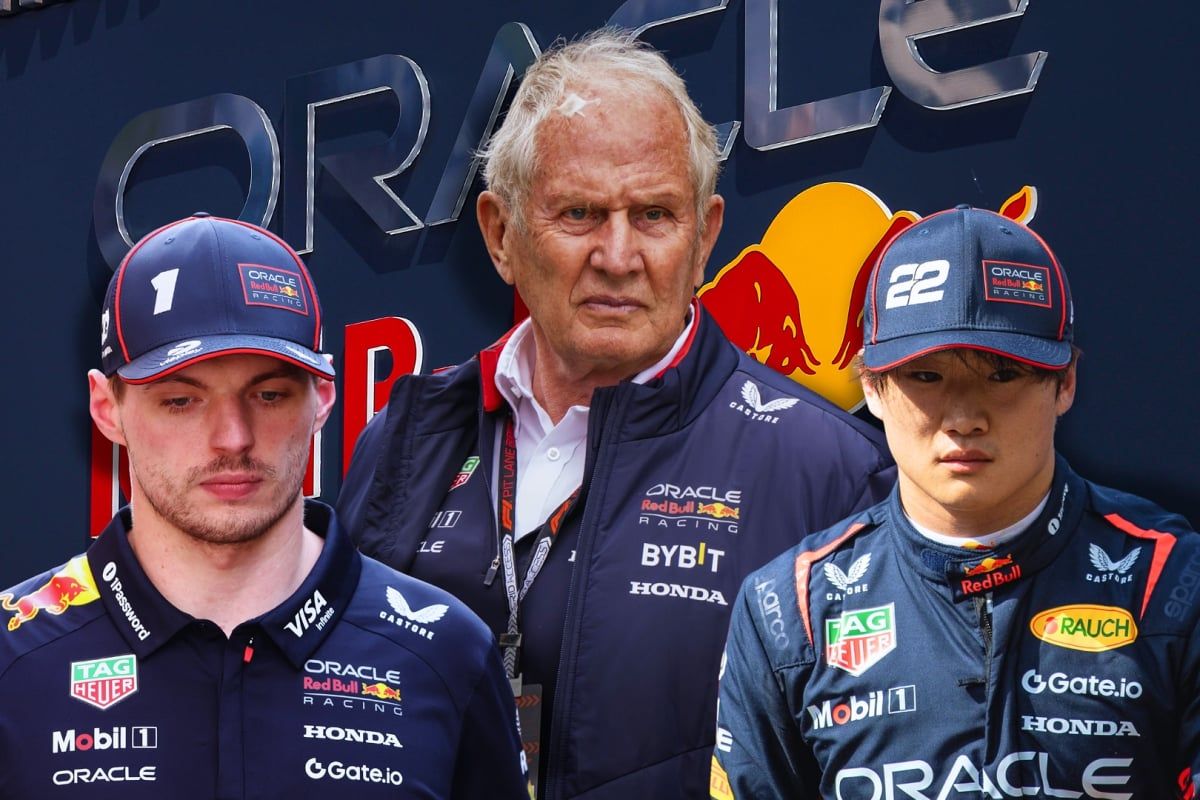F1 Movie Captures Thrills and Danger of R… read more
The highly anticipated Formula 1 film, promising a visceral portrayal of the sport, has unveiled its racing sequences, revealing a stunning fidelity to the intense realities of the cockpit. Beyond the cinematic flair, the movie’s commitment to authenticity in recreating the dangerous and exhilarating world of Formula 1 has resonated with both fans and experts. Early reviews highlight the film’s ability to capture the sheer speed, precision, and palpable danger of the sport, going beyond mere spectacle to offer a glimpse into the demanding world of professional racing.
The film, drawing inspiration from the captivating careers of key F1 drivers, vividly portrays the intricate interplay between driver skill, car performance, and track conditions. Scenes featuring high-speed cornering, perilous overtaking maneuvers, and the almost instantaneous reactions required to navigate the unpredictable nature of racing have been praised for their accuracy. The film’s producers have clearly invested in capturing the nuances of F1 mechanics, from the precise control of the steering wheel to the intricate process of tire management during a race. This attention to detail is evident in the close-up shots of drivers’ hands gripping the wheel, the visible strain in their expressions during intense races, and the intricate choreography of pit stops.
Beyond the adrenaline-fueled racing sequences, the film is also lauded for its portrayal of the mental fortitude required for success in Formula 1. It showcases the pressure drivers face, the complex strategies employed by teams, and the intense competition that defines the sport. The film offers a rare insight into the rigorous training regimes, the mental preparation, and the unrelenting focus demanded from these elite athletes. These elements, often overlooked in other racing films, add depth to the narrative and connect with viewers on a deeper level.
The inclusion of real-life racing scenes is a significant departure from some other racing films. Instead of relying solely on CGI, the production team has apparently utilized a mix of high-speed filming techniques and expert consultation from the driving community. This meticulous approach, supported by the active participation of F1 drivers and engineers, has resulted in a portrayal of the sport that feels genuinely authentic. Critics have highlighted the realism of the crashes, acknowledging the unavoidable dangers inherent in the sport. While the film undeniably aims to entertain, it also effectively communicates the physical and mental toll of professional racing.
The use of advanced filming equipment, including high-frame-rate cameras, is evident in the precision and clarity of the racing sequences. These cameras capture the intricate details of the cars’ movements, allowing viewers to appreciate the speed, the precision of maneuvers, and the intricacies of the racing strategies. The resulting visual clarity allows for a truly immersive experience, putting the viewer right into the heart of the action. This emphasis on visual fidelity, coupled with the palpable tension of the racing sequences, creates a captivating and immersive viewing experience.
However, while the film’s commitment to authenticity is commendable, it’s also important to acknowledge the potential for controversy. Some racing enthusiasts may argue that certain aspects of the film’s depiction, though rooted in reality, may still require creative license to achieve a dynamic cinematic experience. The film’s creative choices in terms of editing and pacing are key to creating a compelling narrative while staying true to the spirit of the sport. The balance between raw reality and cinematic storytelling remains a crucial factor in the film’s ultimate success.
Furthermore, the film’s treatment of the human element, showcasing the relationships between drivers, team members, and rivals, adds a dimension that transcends the purely athletic. The film aims to delve into the emotional and psychological journeys of its characters, acknowledging the sacrifices and pressures inherent in a life devoted to professional motorsport. This more nuanced portrayal of the human side of the sport is a significant aspect of the film’s appeal, moving beyond the thrills and spills of the track to explore the complexities of competition and camaraderie.
In conclusion, the Formula 1 film’s commitment to realism in its racing sequences marks a significant step forward in motorsport cinema. By combining cutting-edge filmmaking techniques with the insights and participation of real-life racers, the film aims to deliver an authentic experience, offering a thrilling glimpse into the intense world of Formula 1. The success of this approach will undoubtedly influence future motorsport films, paving the way for more accurate and engaging portrayals of this demanding and fascinating sport. The film’s ability to capture the emotional, psychological, and physical aspects of Formula 1 will determine its lasting impact, captivating viewers beyond the adrenaline rush of the race.




